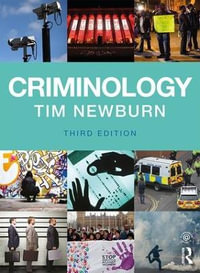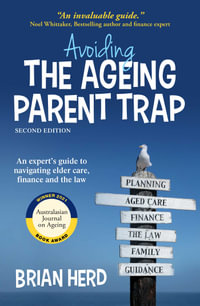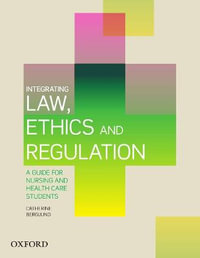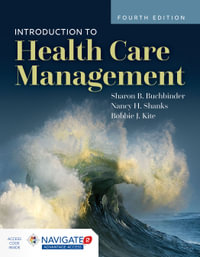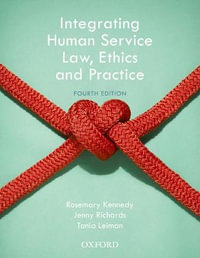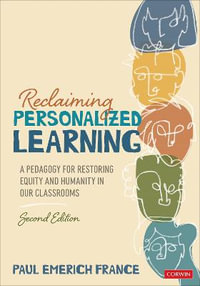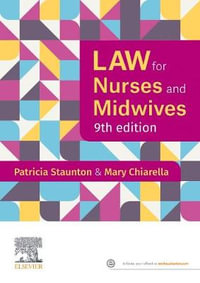Russell Drysdale
The drover's wife c.1945
oil on canvas
51.5 x 61.5 cm
National Gallery of Australia, Canberra
A gift to the people of Australia by Mr and Mrs Benno Schmidt of New York and Esperance, Western Australia through the American Friends of the Australian National Gallery 1987
© Estate of Russell Drysdale
n
n
nI had to ask for access to a bathroom once a month because I had my period! So eventually instead of access to a bathroom, they got me access to a Toyota so that I could drive away to a toilet. So the entire crew knew exactly when I was cycling every single month. And ... they used to piss in the connecting pipes for me to discover when I got back from the drive. And looking back on it now I also realise that the blokes were also pissing on my boots when I was gone - I see now but at the time I was just so confused and baffled by it all. - Female miner, aged 21
n
n
Australian women are enduring a cultural epidemic of workplace sexual harassment in remote and rural workplaces - the experience is rife, rampant and as hard to contain as any infectious disease. Whispers from the Bush - The Workplace Sexual Harassment of Australian Rural Women is the first book to focus upon the nature, pervasiveness and reporting of sexual harassment in rural Australian workplaces. Drawing upon 107 interviews conducted with rurally located employees and employers about their experiences and observations of sexual harassment at work, it shines a light upon a phenomenon largely hidden or minimised by silence, distance and an atmosphere of 'saturated masculinity'. The book seeks to give voice to the 'whispers from the bush' by exploring themes such as:
n
n- the impact of male dominance and mateship on the nature and prevalence of sexual harassment within the rural workplace;
n- the complex survival behaviours adopted by many rural women in response to sexual harassment as it occurs - most surprisingly, extending to women blaming women;
n- rural employee and employer attitudes towards the disclosure of sexual harassment; and
n- the limited reach and effectiveness of laws against sexual harassment in rural Australia.
n
n
The book concludes by making practical recommendations for the commencement of national dialogue about sexual harassment in rural Australia, towards a cultural adoption of zero-tolerance.
n
n
Dr Skye Saunders in the news...
n
n- 'The blokes were pissing on my boots': MTR launches new book exposing workplace harassment of rural women, Melinda Tankard Reist blog, 20 March 2016 Read full article...
n- Women feel like intruders - new book reveals extent of sexual harassment in the rural workplace, ANU College of Law News, 10 March 2016 Read full article...
n- Fiona Nash's 'I'm a girl' suggests you can't be taken seriously, The Australian, 18 February 2016 Read full article...
n- ANU study finds most women working in remote areas subject to sexual harassment, ABC Rural, 8 May 2015 Read full article/Listen to Interview...
n- Research reveals culture of sexual harassment in rural workplaces , Central Western Daily, 27 April 2015 Read full article...
n- Rural Australia's sexual harassment 'epidemic', ABC Radio National, Bush Telegraph, 5 November 2013 Read full article/Listen to Interview...
n
Industry Reviews
Saunders paints a dismal picture of the life of a rural woman at work, under siege from a ‘cultural epidemic’ of sexual harassment. She describes a pervasive hostility towards women in the workplace, fostered by the ‘rampant maleness’ of Australian bush mythology and traditional male dominance in the workforce. Pornography, verbal harassment and physical sexual harassment are used as tools to remind women where their place is. Cultural and community norms minimise offensive acts. Faced with few employment options, geographical isolation, inadequate support services and the threat of corrosive small town gossip, women feel their only option is to ‘suck it up’ – keep quiet and tolerate abhorrent behaviour. … This book fills a gap in the existing body of knowledge around sexual harassment. It illustrates how dimensions of gendered harms can be better understood through applying a geographical and cultural lens. Were it not for this study, the low levels of reporting and few adjudicated cases could be interpreted to mean that sexual harassment was experienced similarly by both rural and city women. Yet it is starkly clear there is a long way to go to give rural women the safe working environments they are legally entitled to. This book has left me with a deepened understanding of the complex and powerful dynamics rural women negotiate, and a profound appreciation of the courage required to turn a whisper into a shout. Read full review... - Eliza Ginnivan, Alternative Law Journal, Vol 42:3 2017





